Collection > Silence

Silence
Bronze & Paint
76.41.112 cm
2015
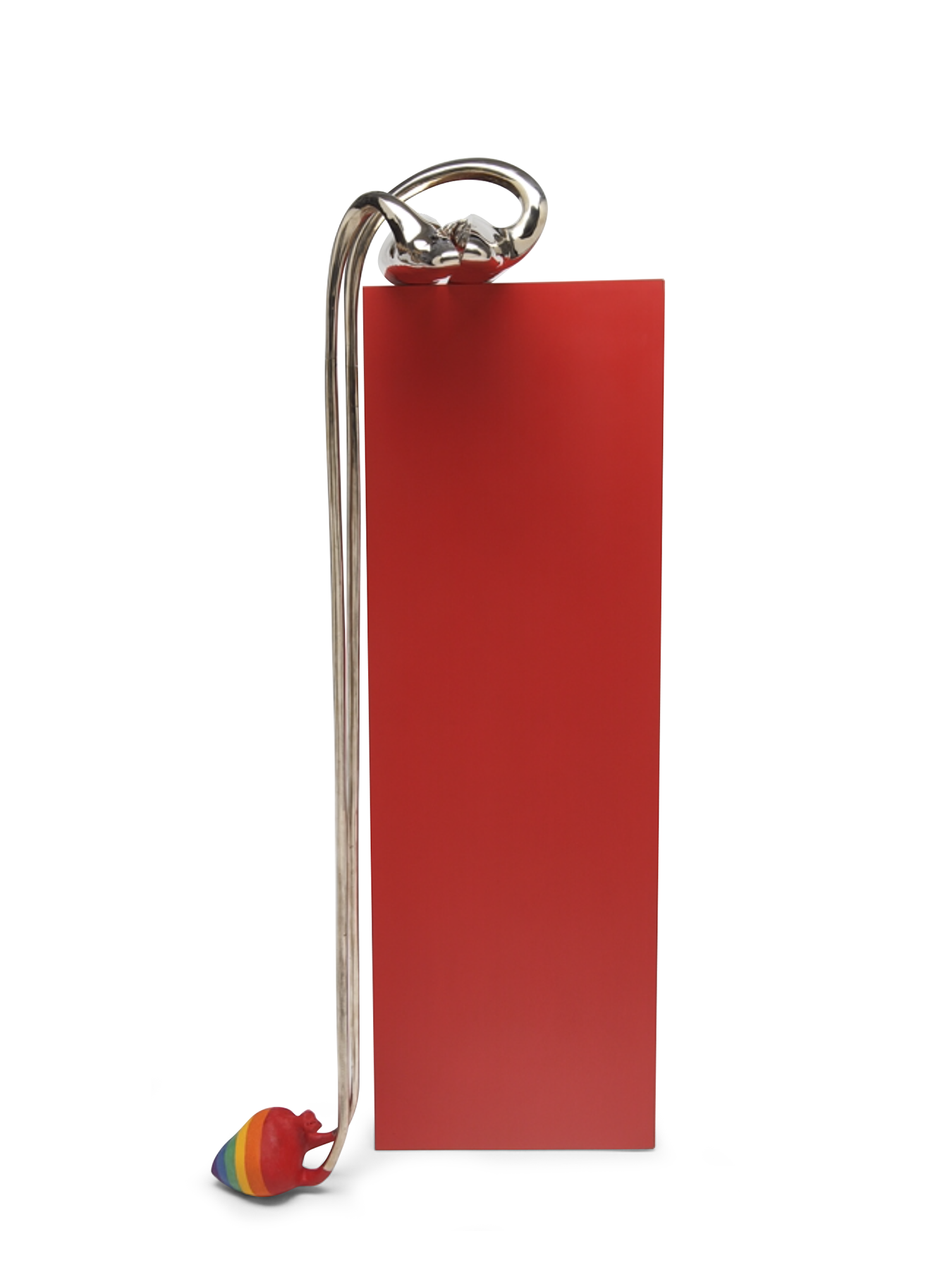
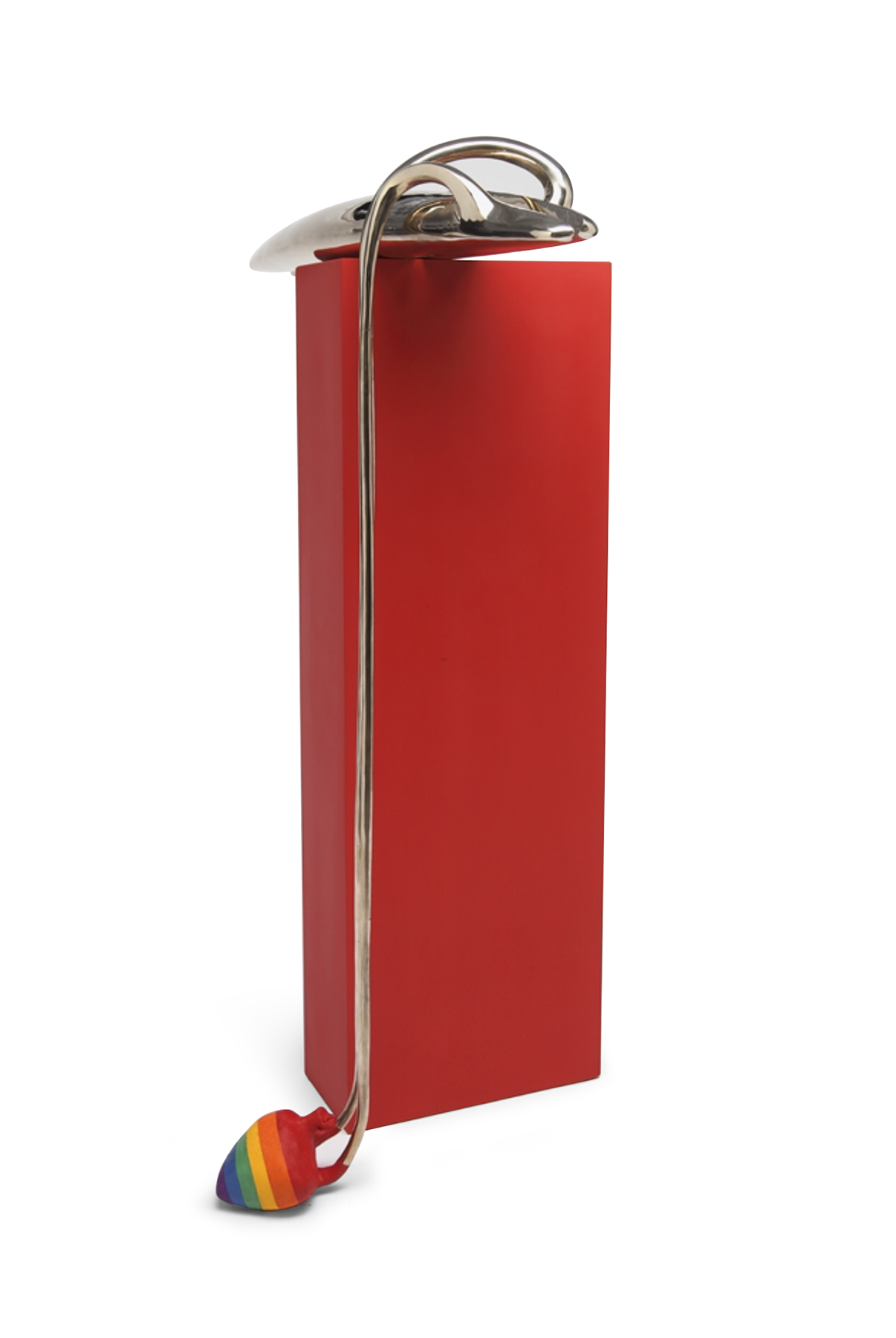
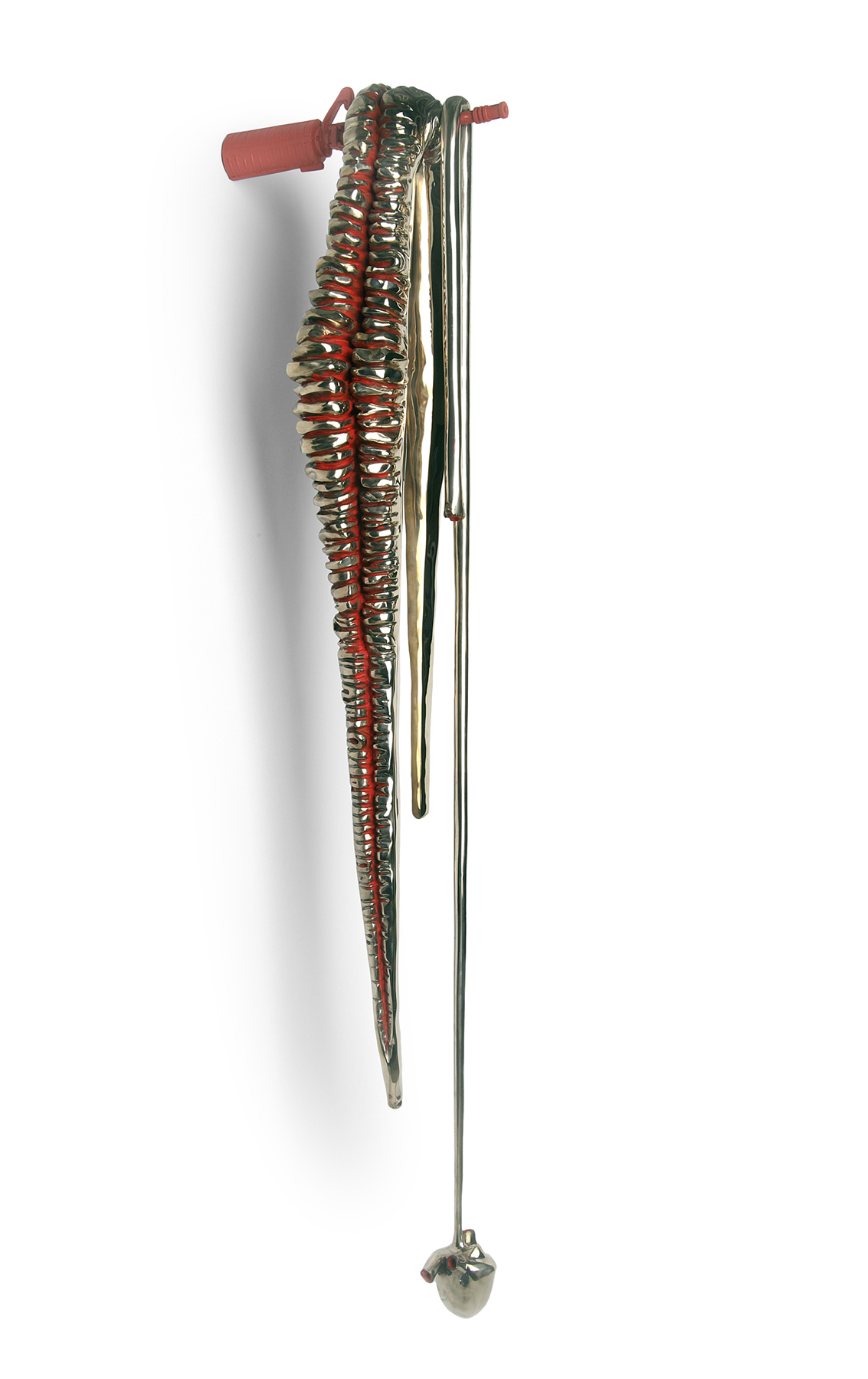
Silence
Bronze & Paint
46.28.170 cm
2015
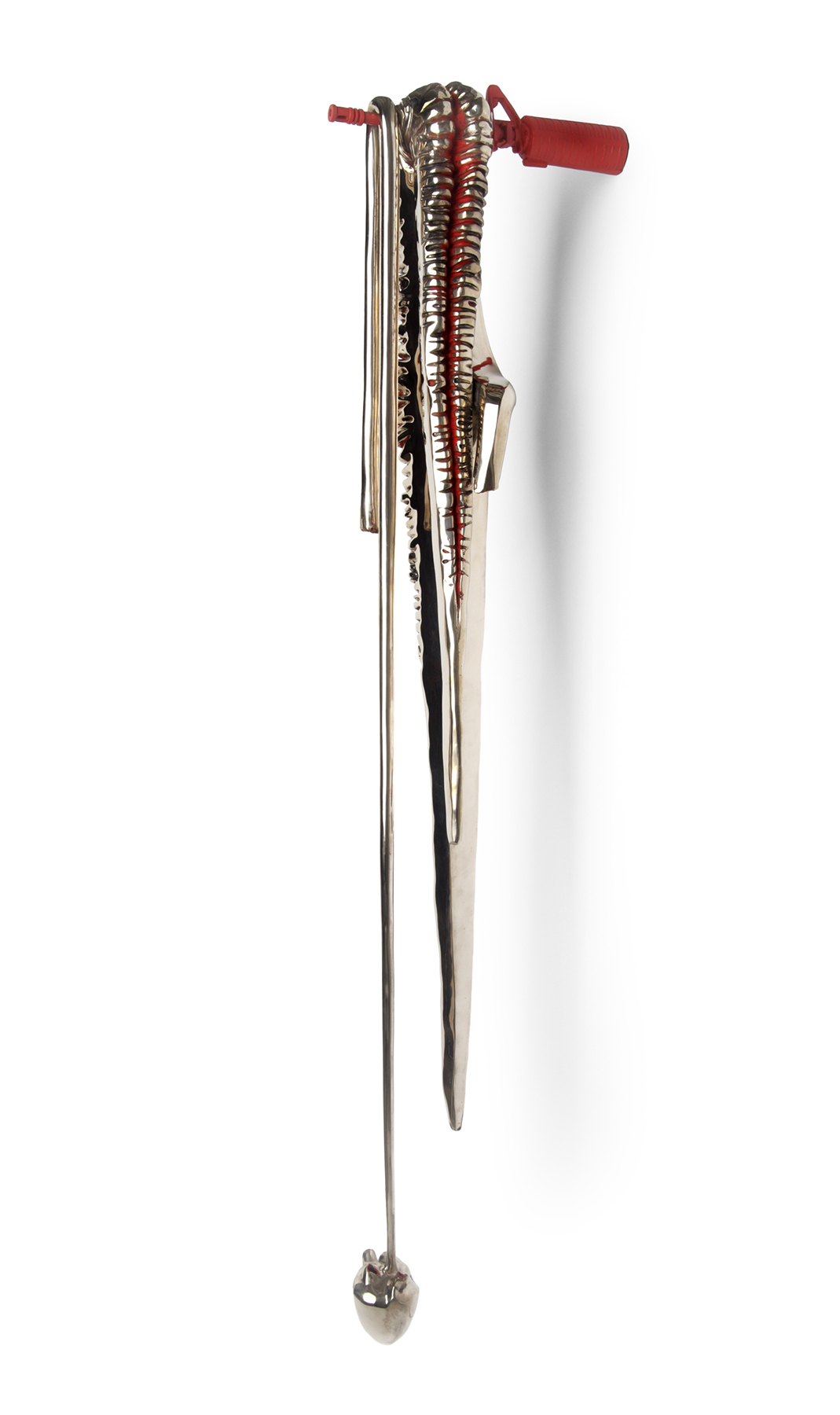
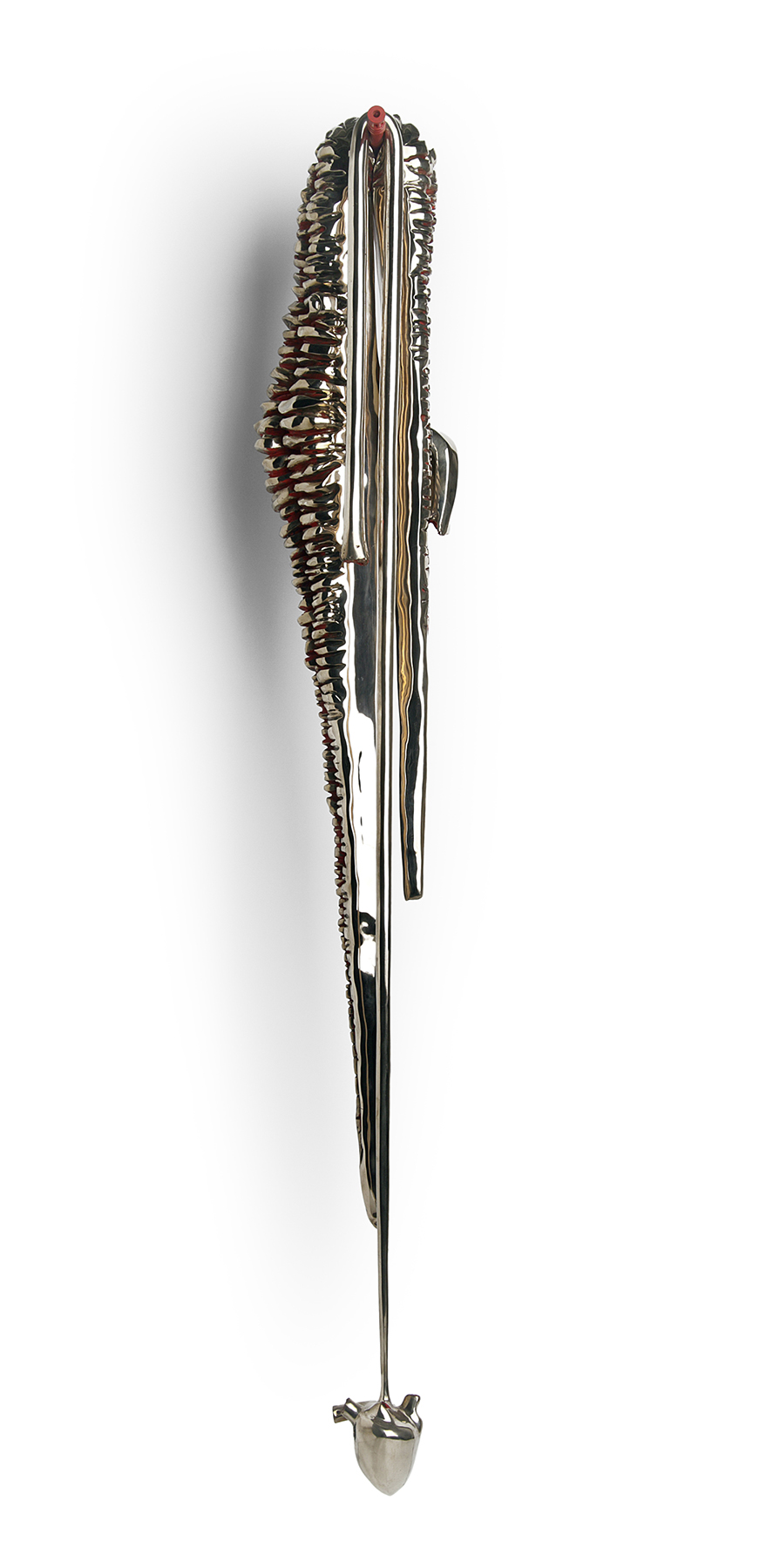
Silence
Bronze & Paint
80.50.220 cm
2014

Silence
Bronze, Steel & Paint
152. 25.157 cm
2015

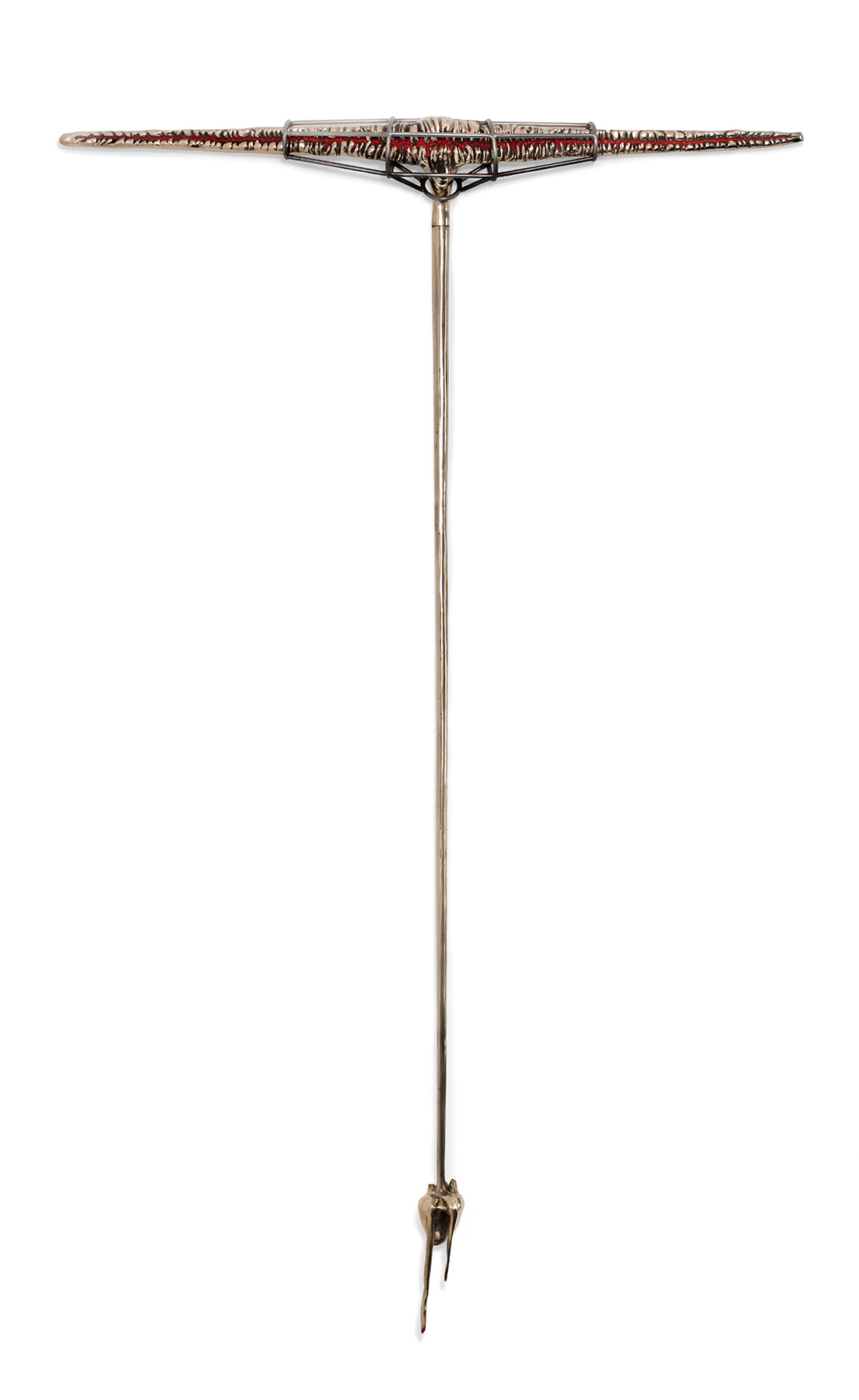
Silence
Bronze, Steel & Paint
155.18.250 cm
2014

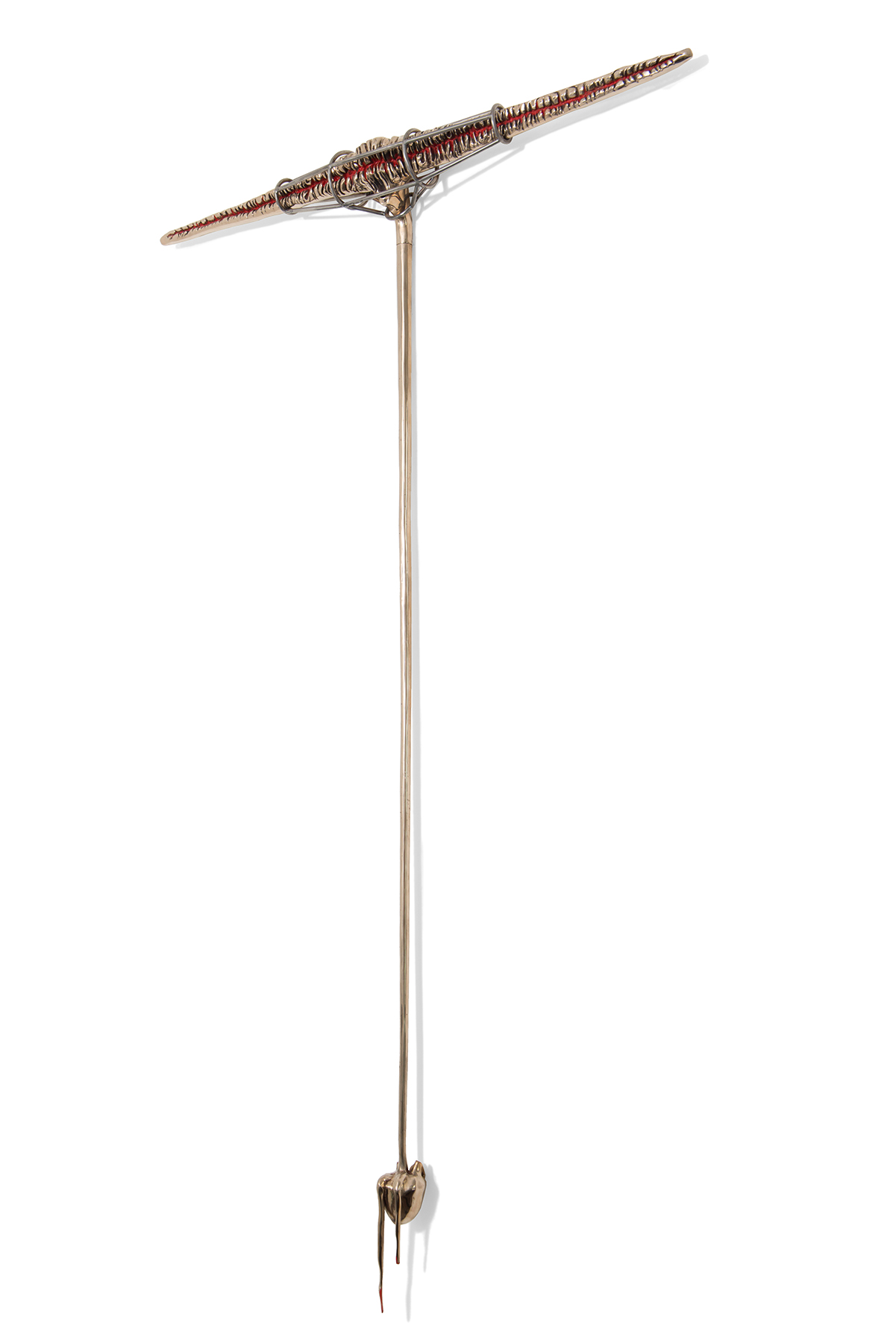
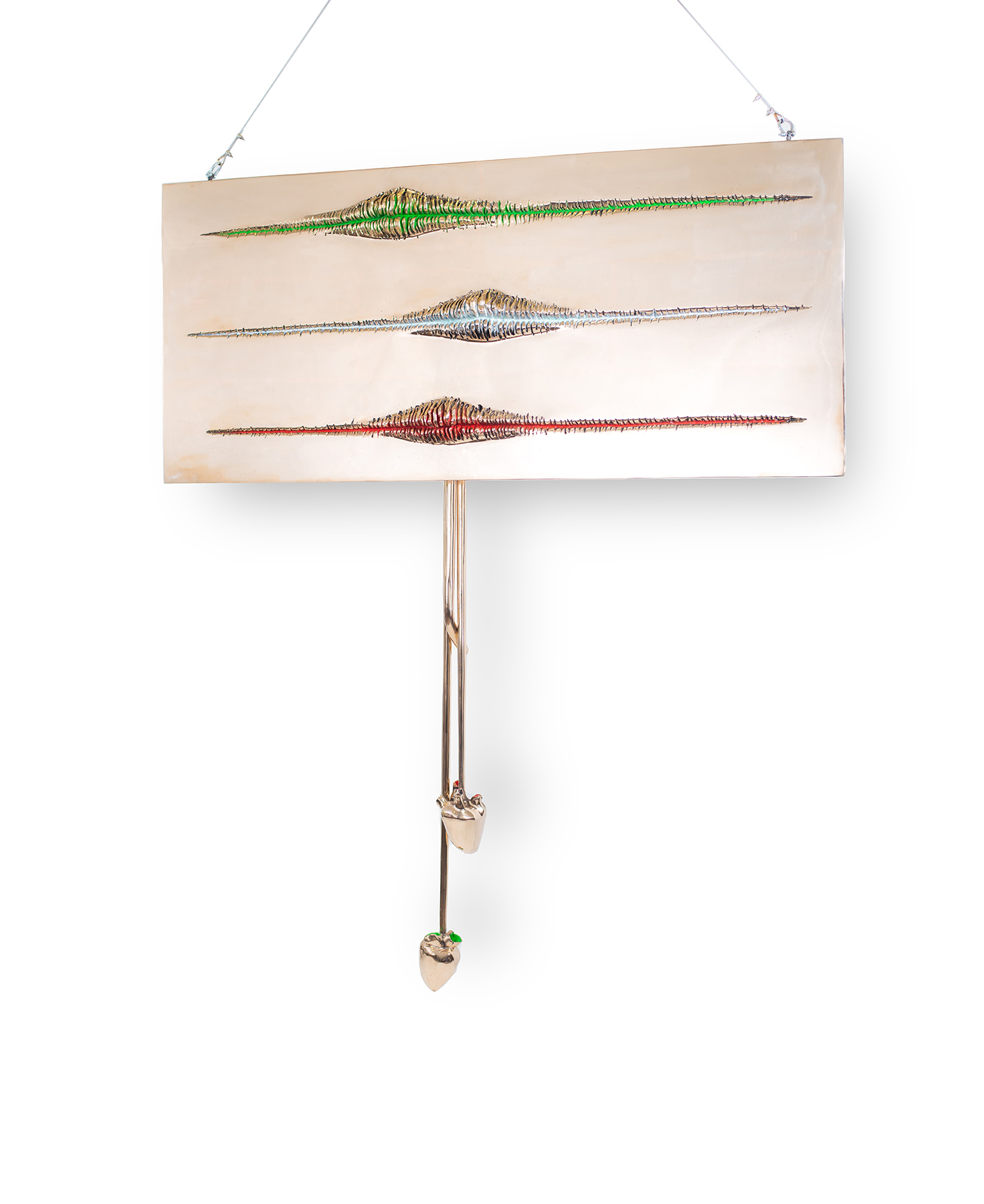
Silence
Bronze & Paint
148.22.170 cm
2014
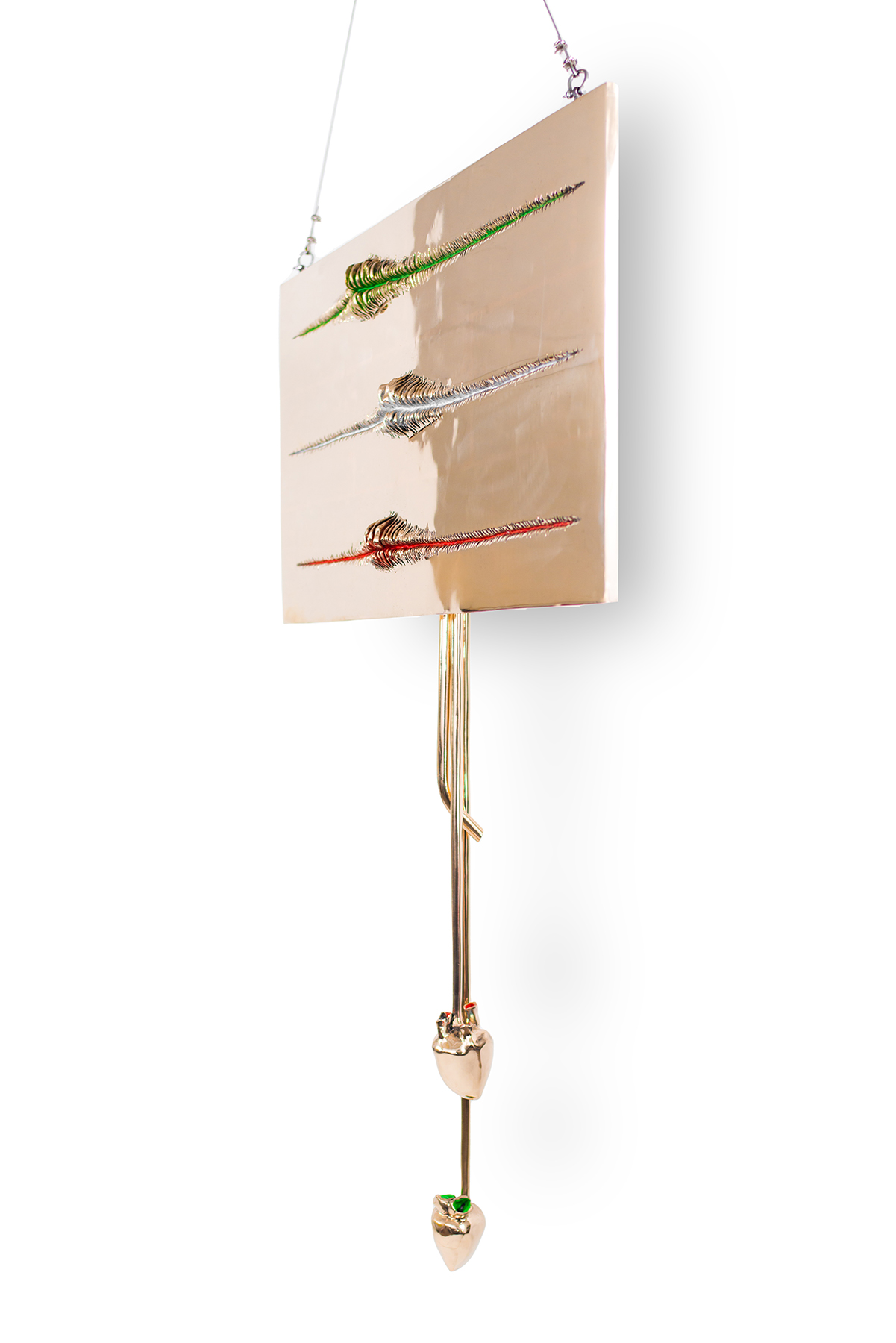
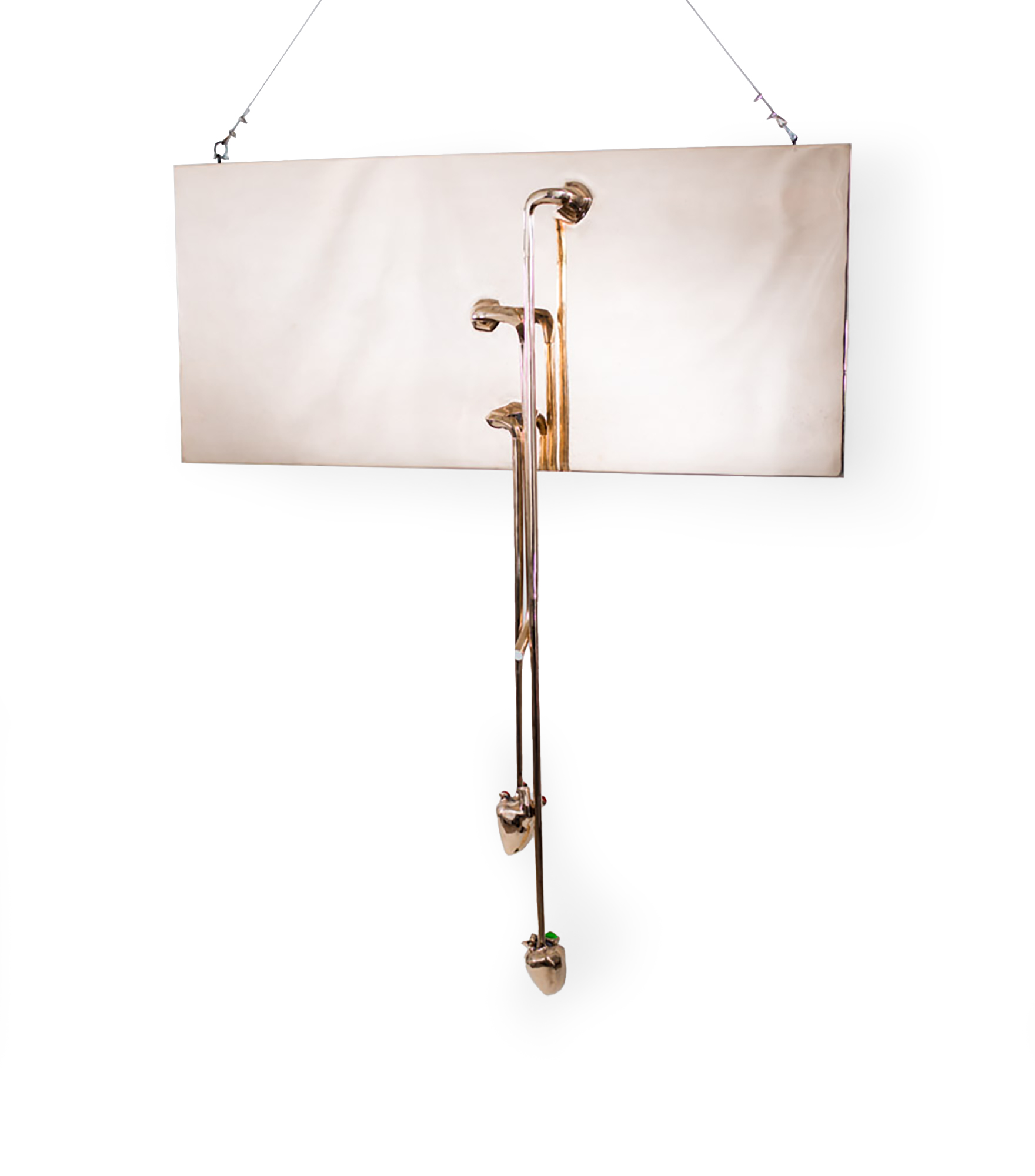

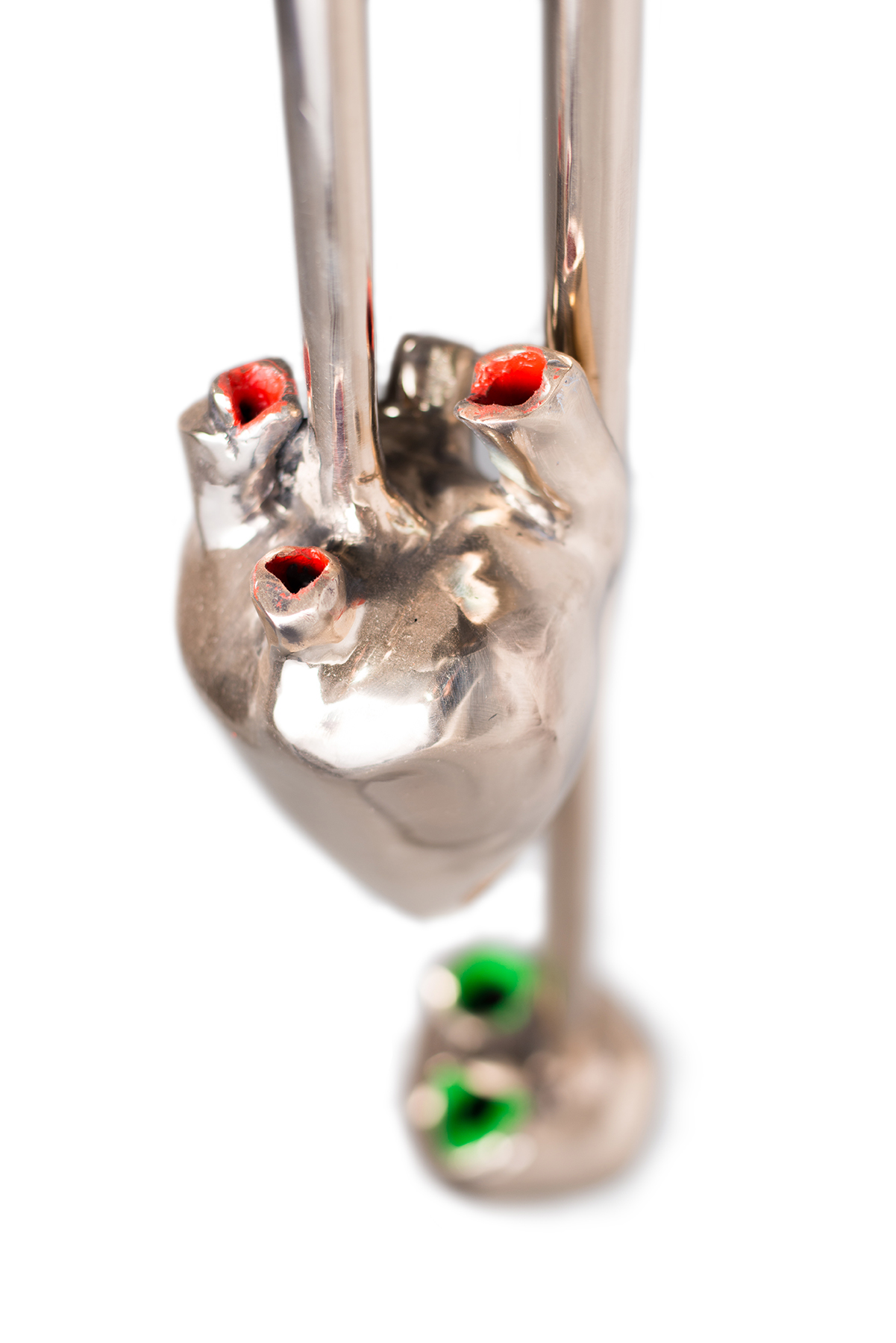
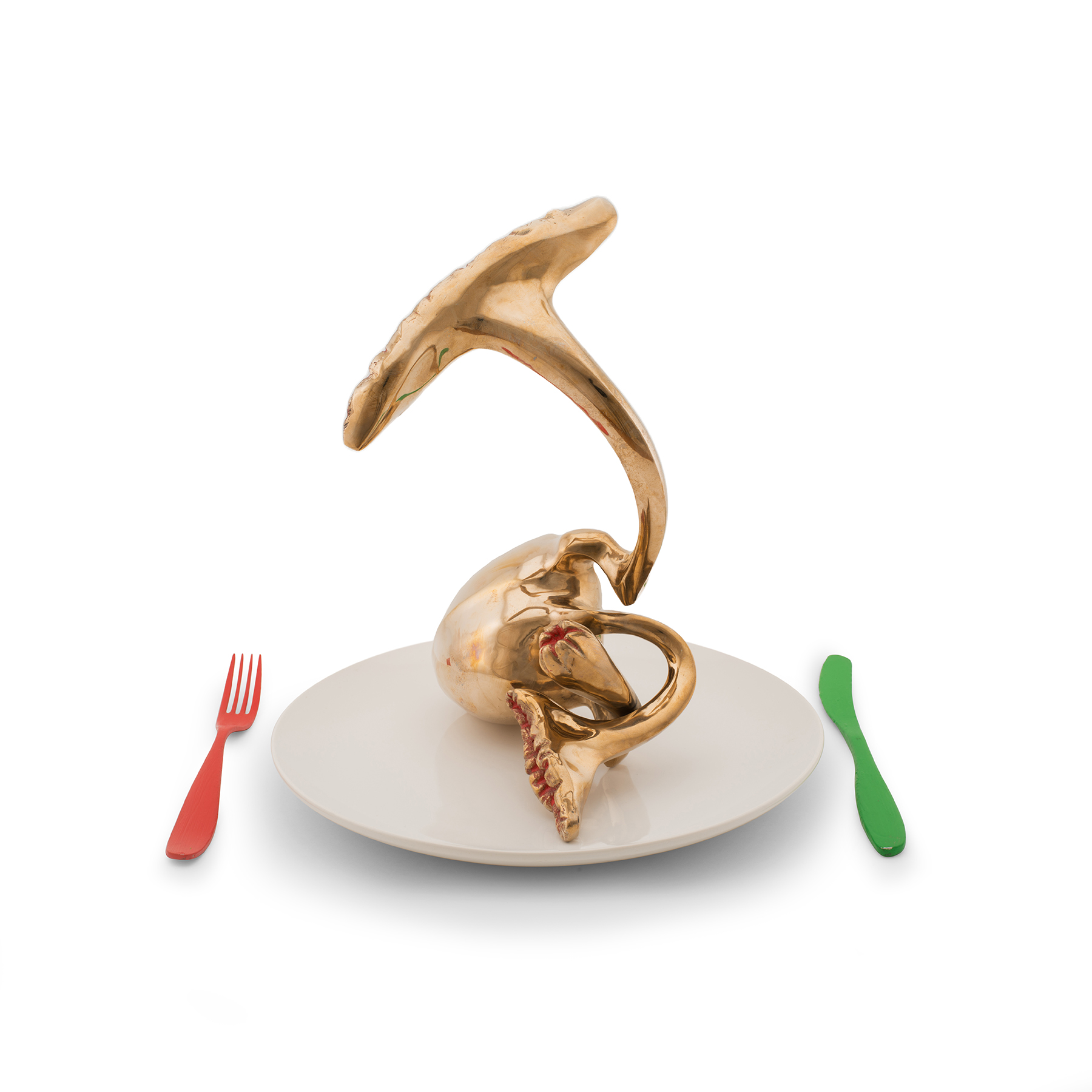
Silence
Bronze, Steel, Paint & Ceramic
40.30.30 cm
2013


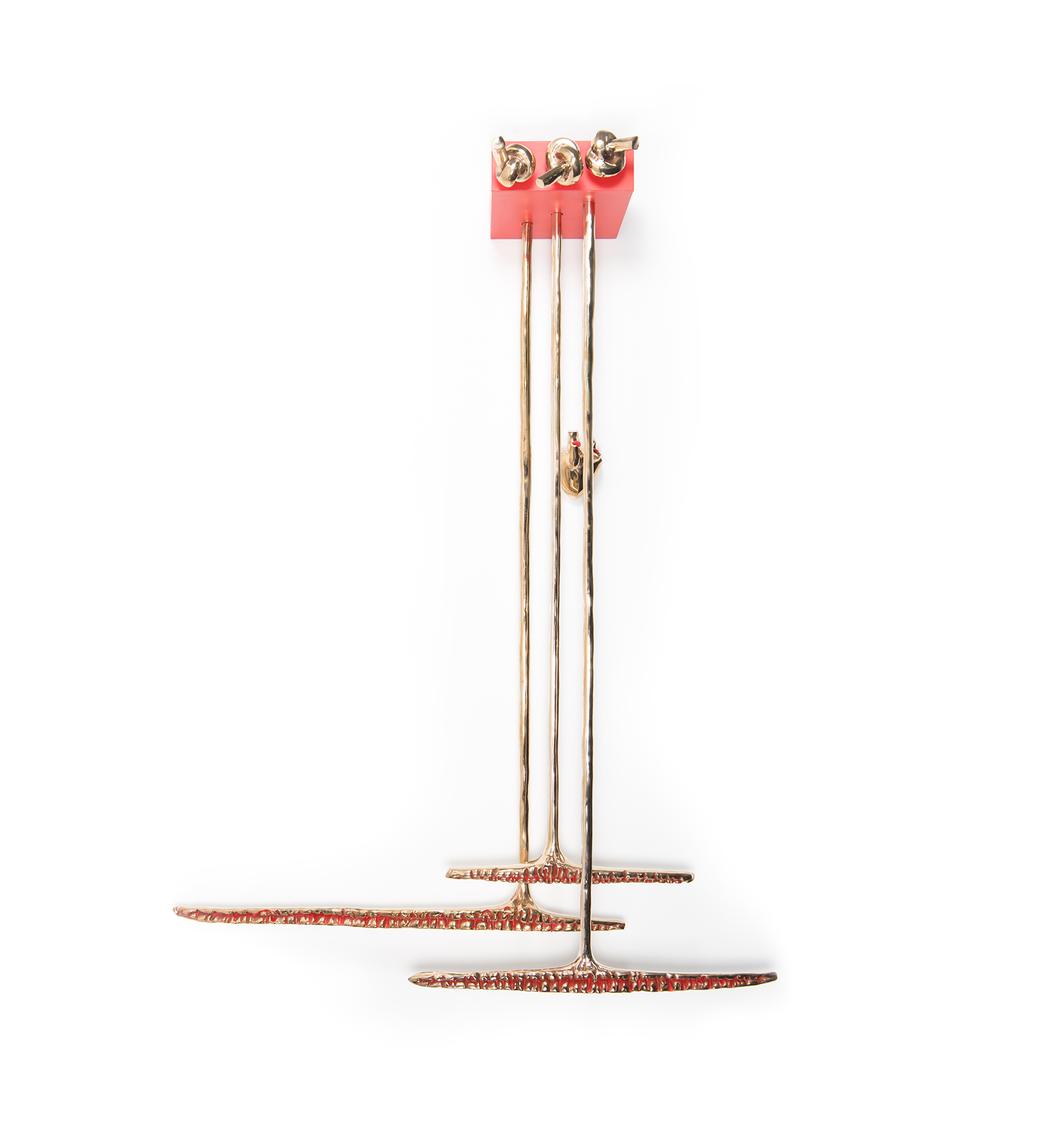
Silence
Bronze, Wood & Paint
130.40.200 cm
2014
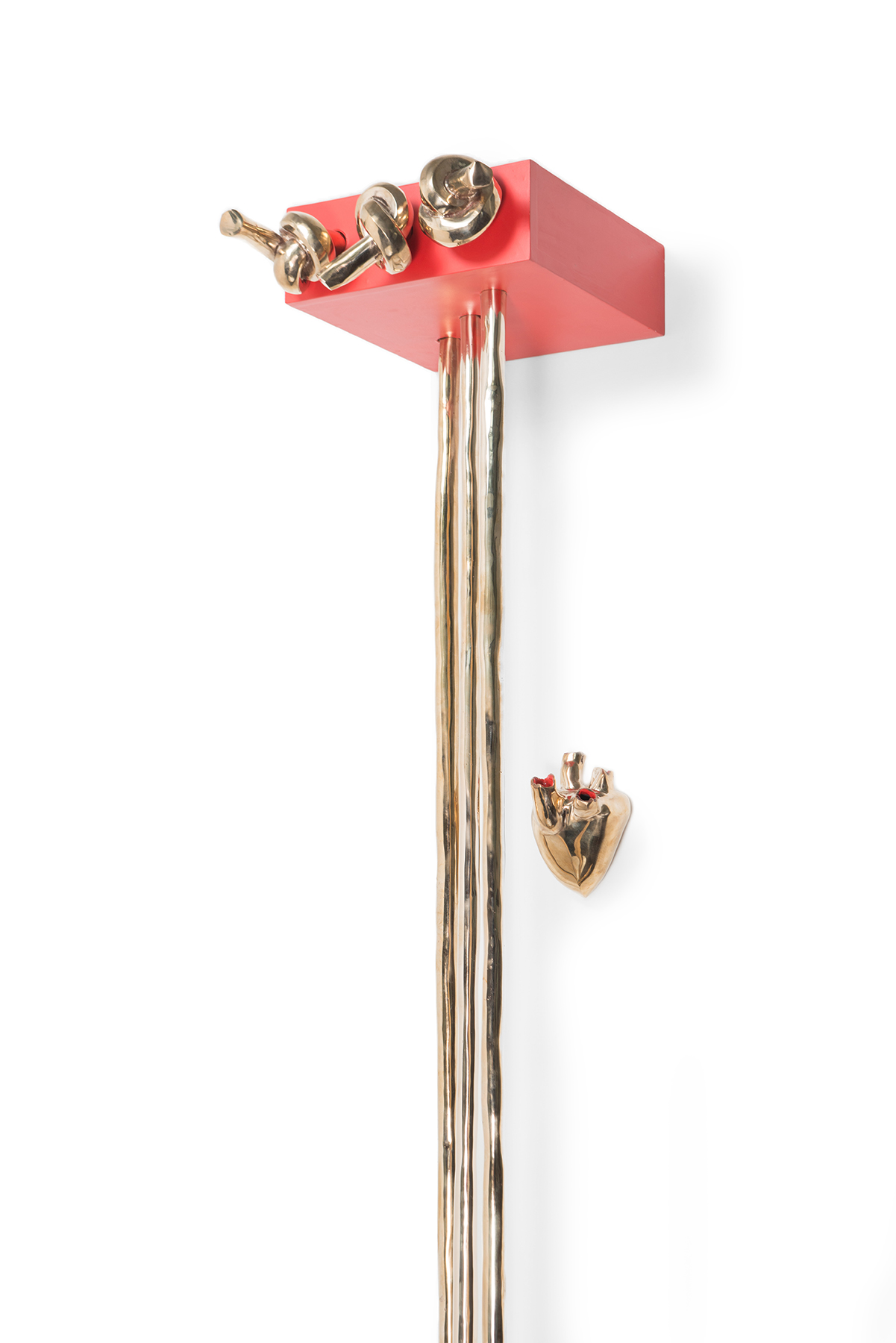

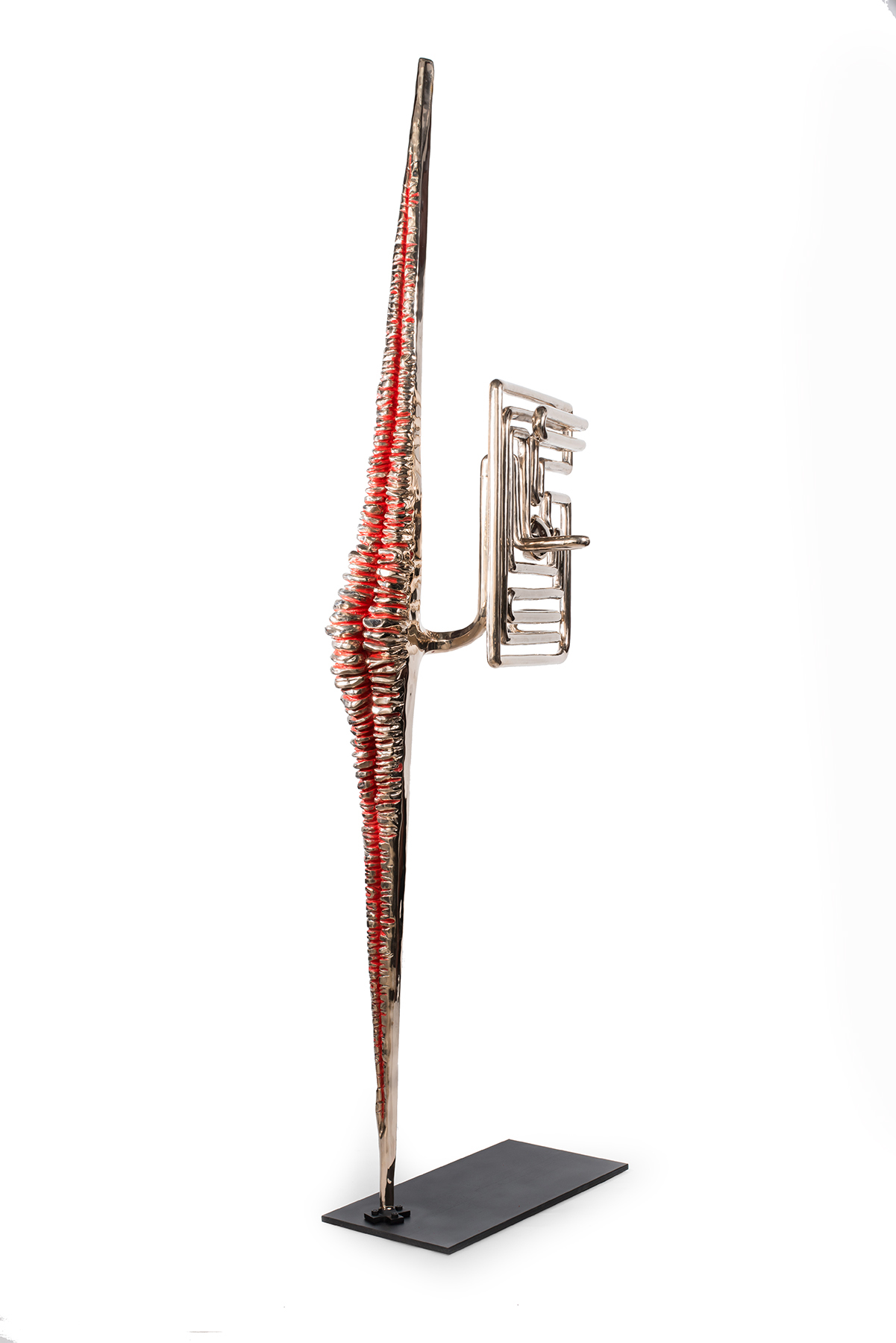
Silence
Bronze & Paint
80.50.220 cm
2014
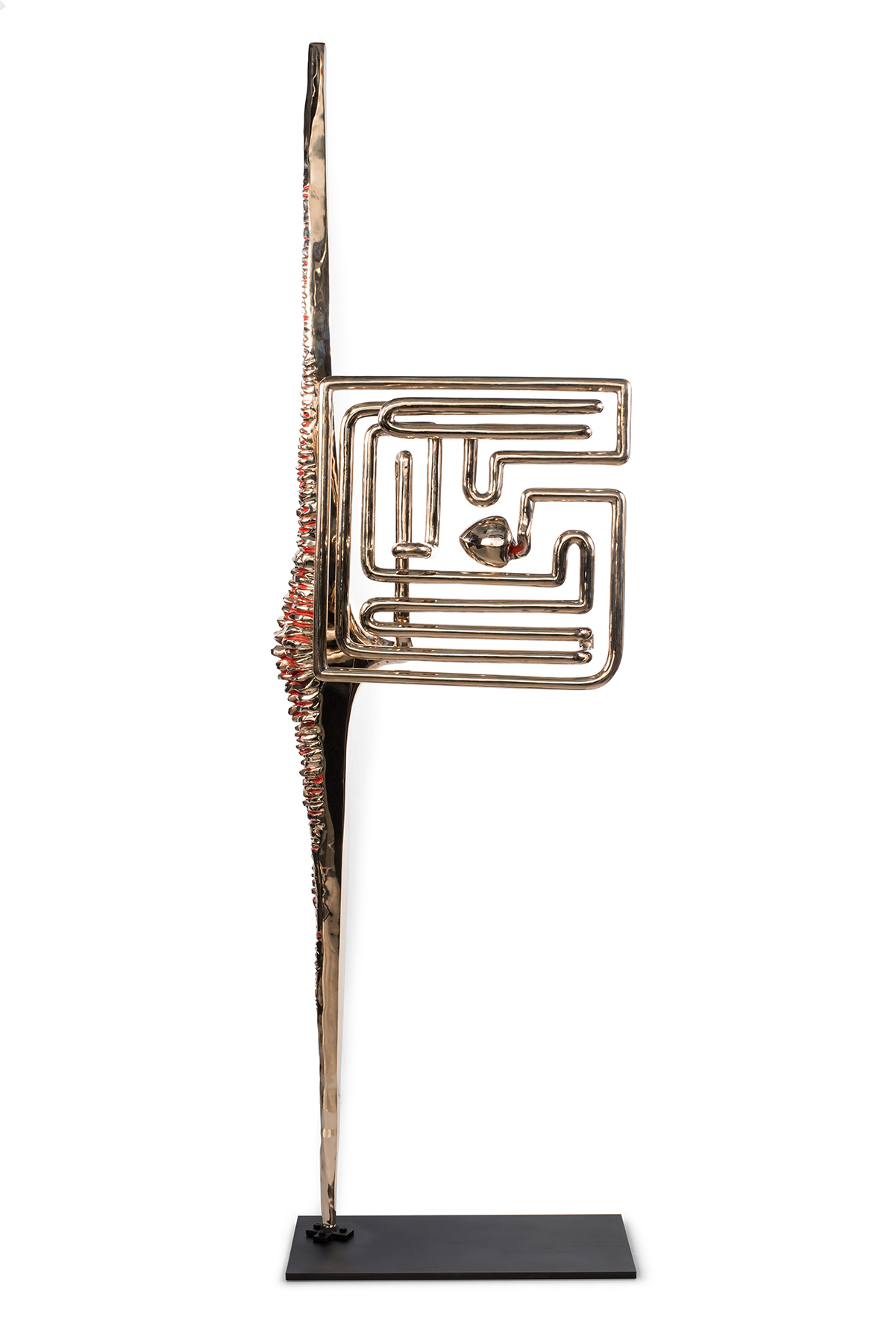
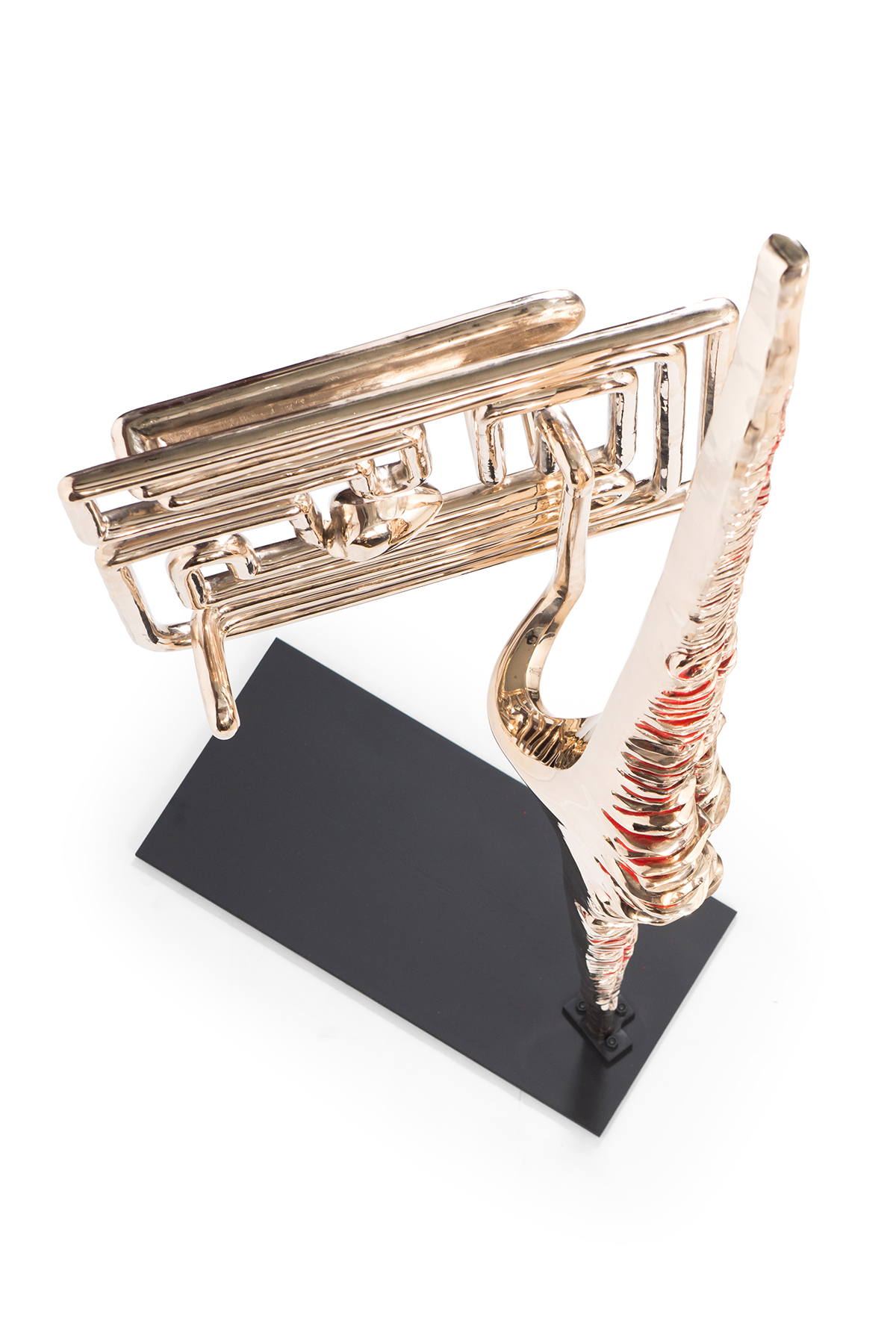

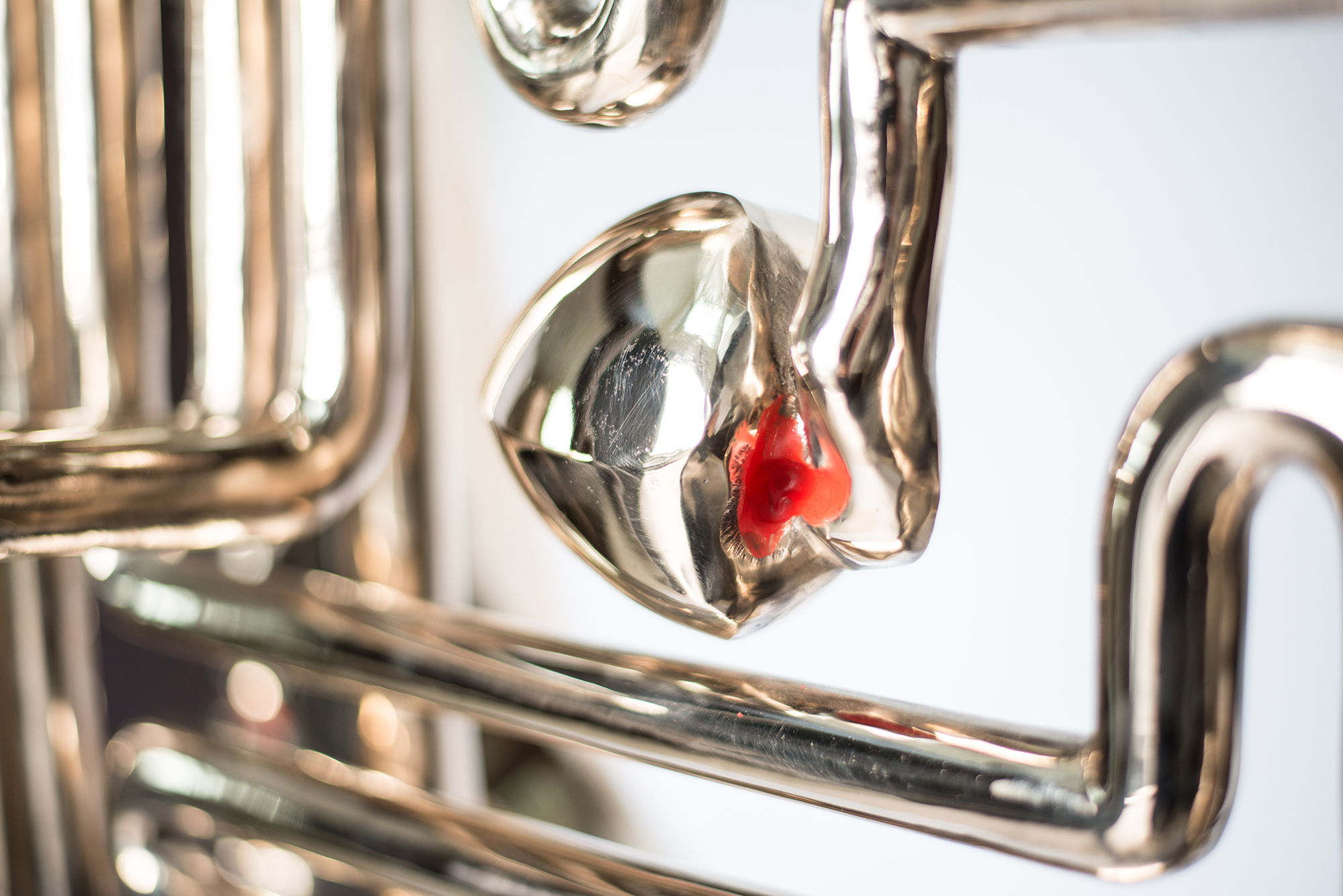
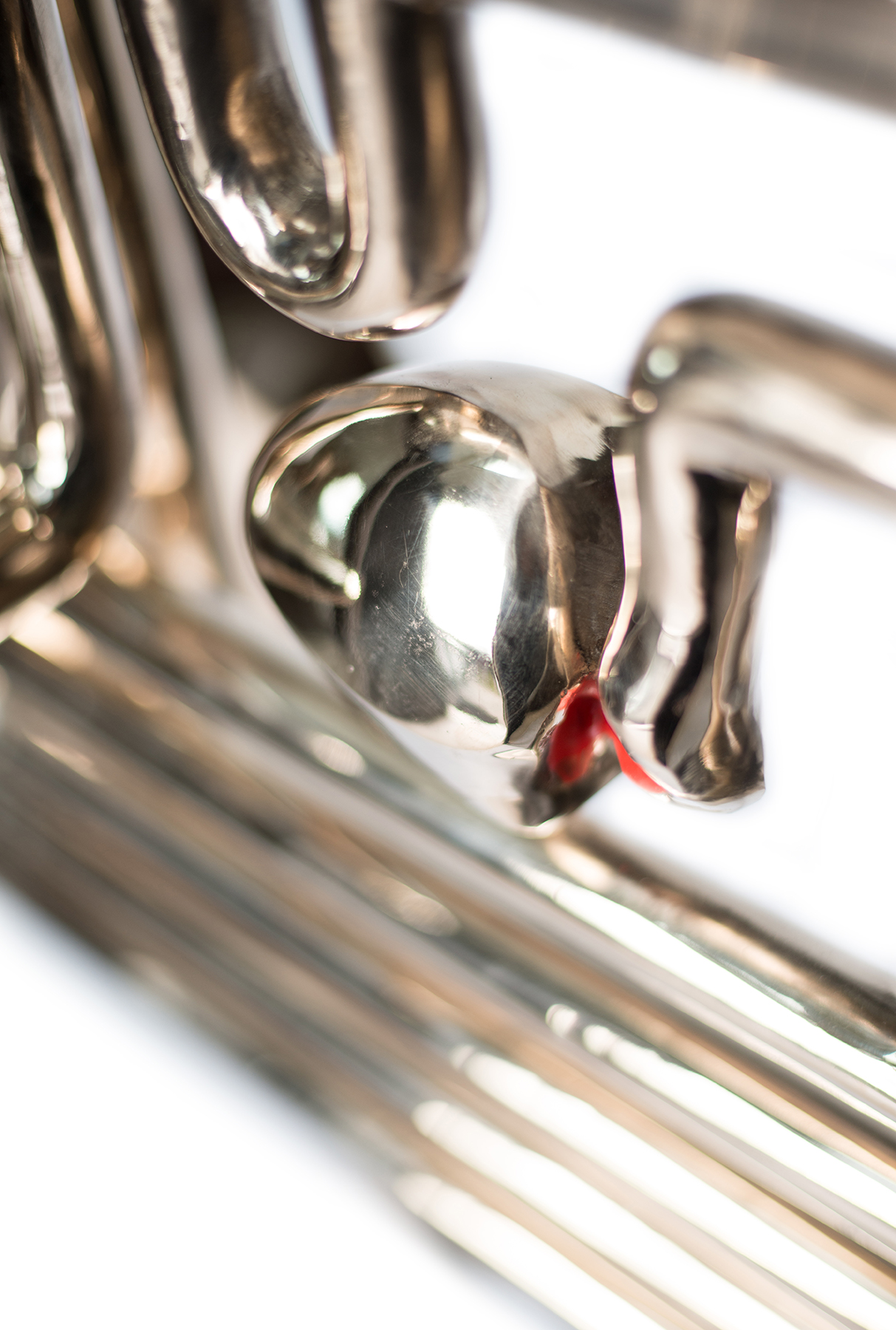

Throughout history, strategies of silence and suffocation have been supported by the dominant social discourse of their time. In our contemporary context, these powers are omnipresent and often materialize through the simple act of conversation; a building of support – however minute – towards greater systems of control through common terms of exchange. In societies around the globe, critical discourse on suppression and strangulation is not an obstacle in front of this power, but rather a considered and integrated part of the power mechanism. Here, silence as a sign within language becomes significant in relation to utterance. It is a functional tool within speech – an established gesture of communication – that transfers the emotive function of language in different forms by way of the body and its external elements. In silence, deep thought composes itself without the immediate need for words. If we consider silence analogous to speech – a form deeply connected to language – it can be used to highlight a kind of alternate omission within linguistic information.
Although the “discourse of silence” appears as a paradoxical phrase, there is no true paradox. This discourse determines its own borders and describes forms of absence beyond censorship (omission of what may not be present); censorship may be reason for its presence. The “discourse of silence” examines the notion of expression – any form of utterance – and its reception when spoken within or outside the framework of our dominant social discourse. In thinking of Anti-Oedipus (1972) by Deleuze and Guattari, silence often engages with processes of deterritorialization through common forms of communication such as the telephone. In successfully isolating the mouth, this process misrepresents any direct meaning. Due to the fact that anything with a trace of absence inevitably describes a presence, former or otherwise, the only possibility to negotiate this presence is to acknowledge a relational absence. One may remember the phrase by Laozi: “to understand fullness, one should be able to understand the meaning of emptiness and vice versa.” In silence, the mouth is not a specific organ attached an organism, the true mouth has disappeared. It is a multi-functional aperture; what should come out of it, to be freed, is held within.
This limited involvement traces various acts of violence seen in today’s world on mass – war and massacre, political threats, sexual violence, among other forms of repression – all of which come out of this power around silence and language. Its apparent results might be seen through the visualization of stitched lips, torn arteries, ripped atriums, and tangled throats.